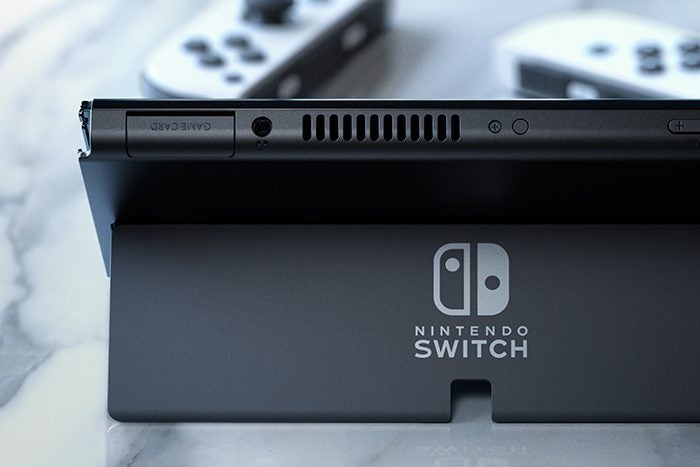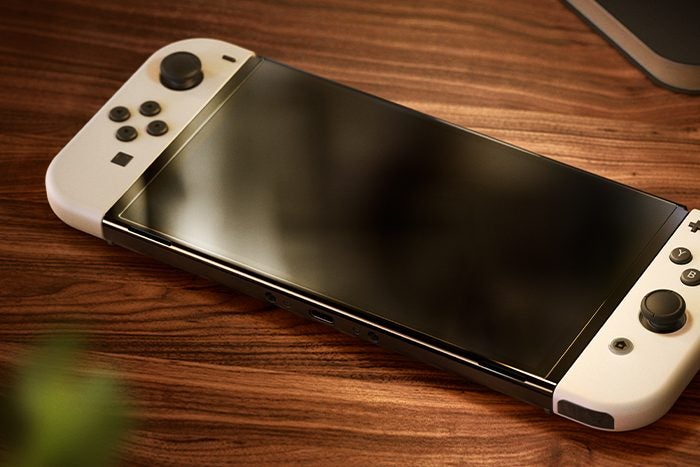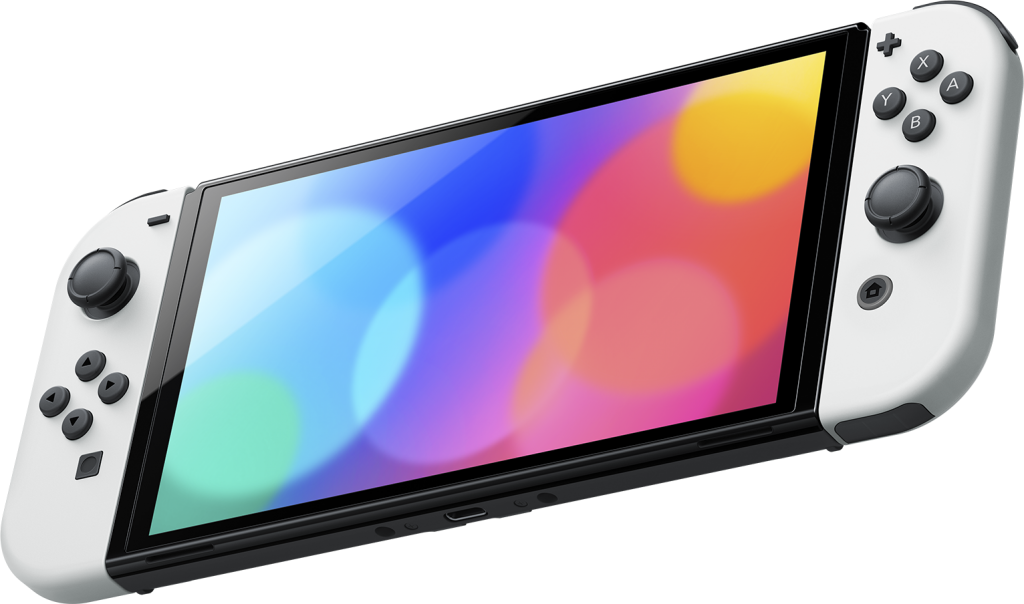Nintendo has finally revealed the Nintendo Switch OLED, offering several enhanced features over its predecessor – here’s how the two consoles stack up against one another.
Given that many rumoured reveal dates came and went without a peep, we’d all but given up hope that the Nintendo Switch Pro could launch soon, that is until Nintendo surprised us all by revealing the Nintendo Switch OLED model almost at random.
This new and improved device won’t be available on store shelves until October 8, but we do know exactly how the updated system will differ to the regular Nintendo Switch that we’ve all become accustomed to.
So without any further delay, these are the main differences you need to know between the new Nintendo Switch OLED and the regular Nintendo Switch.
An on-device OLED screen
This one should be a given for the fact that Nintendo’s decided to put ‘OLED’ in the branding of its new Nintendo Switch. This larger, 7-inch OLED panel will allow for far more vibrant colours than the standard 720p 6.2-inch display found on the existing Switch.
Playing games handheld on the old Switch hasn’t been a terrible experience, but as phones (and cheap phones at that) have widely adopted OLED panels in the years since its initial release, the Switch’s outdated hardware has become a glaring issue – one that the Switch OLED will look likely to fix.

A better stand
One of the worst aspects of the original Nintendo Switch is its lacklustre kickstand. Designed to prop the console up during table top play, the current stand is a flimsy mess that’s barely worth using and it seems as though Nintendo’s listened to the criticism.
Not only has the Nintendo Switch OLED made the kickstand a heck of a lot wider – almost as wide as the console itself – but it’s also increased the angles at which the stand can operate. This flexibility will make it a lot easier to indulge in some multiplayer action when you don’t have a traditional table nearby.

Improved audio
Details are still slim on this upgrade, but Nintendo has made a point of referring to the ‘enhanced audio’ on the website and the official Switch OLED reveal trailer.
Our guess is that the new speaker system will allow for a greater sense of surround sound when playing, which could be a huge boon when you have several players sat at different distances from the screen.

Larger internal memory
Sadly this isn’t the jump to 128GB that a lot of people were hoping for, but it is something. Nintendo’s finally decided to increase the pitiful 32GB internal storage limit for the Switch OLED, bumping the capacity to 64GB.
Again, this won’t be enough to offset the need for a microSD card, but it will at least allow players to store a few extra games on their console before needing to fork out for additional storage.

Ethernet support built-in
Competitive gamers rejoice, the Switch OLED comes with an updated Nintendo Switch Dock that just so happens to have a built-in port for ethernet cables.
Until now, gamers wanting a more stable online experience have had to buy an official accessory to establish a direct connection with their router, but the Switch OLED dock will now make those devices redundant.

No sign of 4k
Aside from the OLED display, the biggest rumour for the Switch Pro was that it would allow for 4K gaming when hooked up to a TV. I’m sorry to break the news to you, but it seems as though 4K on a Nintendo console is just a pipedream for the time being.
There is no mention of 4K anywhere during the Switch OLED’s reveal trailer or on Nintendo’s website, so if the company ever does plan on adopting the technology then it probably won’t happen until a fully fledged successor to the Nintendo Switch appears.
